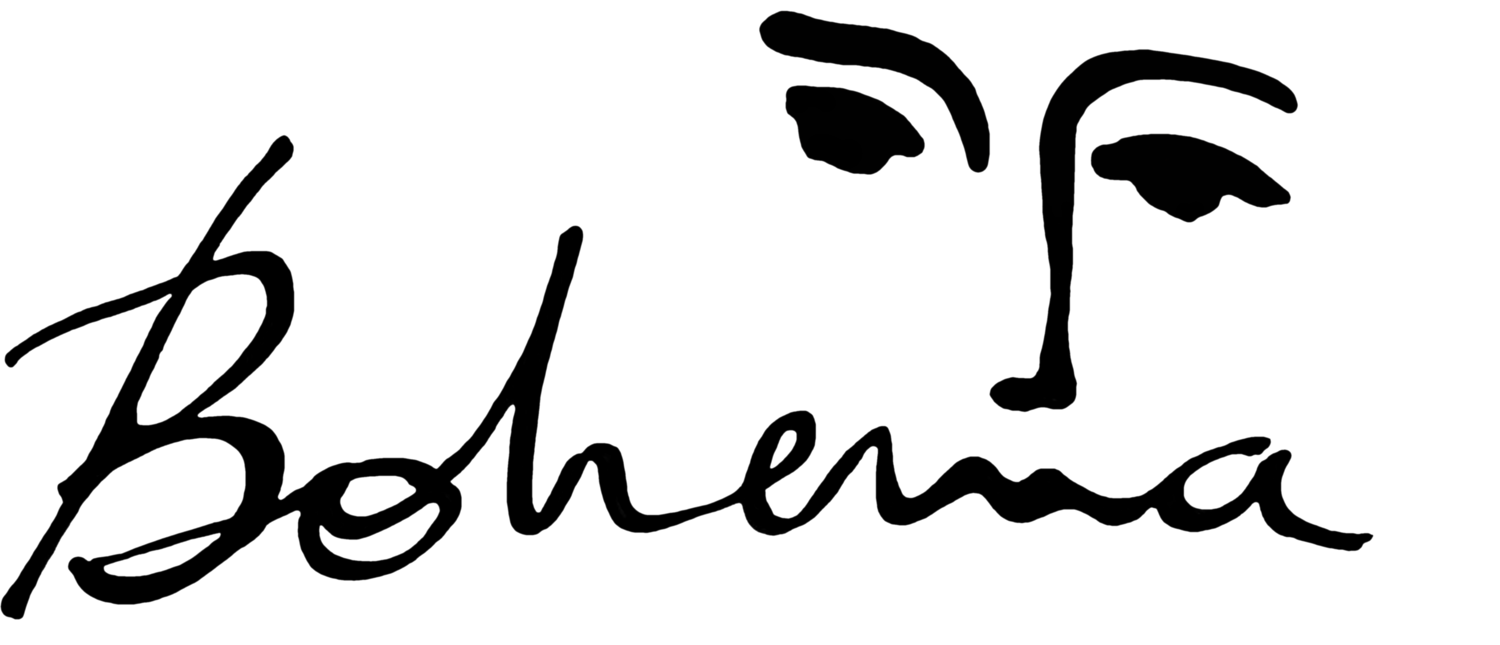Banned Bodies
Human bodies as seen by artists and why banning their depiction means banning artistic freedom.
Two Men Dancing, 1984 /// Robert Mapplethorpe, Robert Mapplethorpe Foundation. Image courtesy of LACMA (c)
The year 1990 marked the first time a museum was taken to court in relation to artworks on display. The exhibition in question was a retrospective series of photographs by the renowned yet controversial artist Robert Mapplethorpe, depicting several sexually explicit acts, flower still lives, and homoerotic scenes.
Months before the exhibit was supposed to open in the Cincinnati Contemporary Arts Center (CAC), a wave of controversy had already begun to surge. Several local and national organizations demanded the showing to be canceled and to pull the museums and other supportive cultural organizations' funding. Despite this overt attempt of art censorship, the show opened. On opening day, however, 20 policemen burst into the museum to force visitors to leave the premises and present four criminal indictments issued by the grand jury: two against the museum itself and two against the museum's director Dennis Barrie. Outside, a crowd of people had gathered protesting on both sides of the argument.
Protestors. /// John Stamsad photography/Courtesy of the Contemporary Arts Center (c)
The stakes of the trial were high: if convicted, Dennis Barrie would have to spend two years in prison and pay several thousand dollars in fines, the CAC would have to pay an even bigger sum. But even more important than these individual punishments would be the trials' influence on the art scene: the price paid would be innumerable artists and museums having to censor themselves in fear of also being convicted and charged with crimes for their art. Thankfully, the museum had a joker in their deck, namely the lawyer H. Louis Sirkin. One of his winning arguments was that art didn't have to be pretty or pleasant to be considered art. That it could be challenging.
I can see Who's Afraid of Virginia Woolf? and leave depressed. But that's not a problem with the performance —the artistic value doesn't get determined by what you feel afterwards. For example, the importance for the world of images of the Holocaust is huge. We don't like those images, but they are vital to telling the story, he stated in an article describing his experience of the trial.
Cincinnati Magazine; John Stamstad photography /// Contemporary Arts Center (c)
Fortunately, the jury found both Barrie and the CAC not guilty of all charges. Nevertheless, the trial still remains a poster child of modern art censorship and a cautionary tale of what should not and cannot happen in a free society.
But while similar situations of potential art censorship like in the 90’s still are a contemporary issue, there have been many more added to the pile. We live in a digital age where there are far more exhibition spaces and platforms other than the traditional museums and galleries, the main ones being various social media platforms. And while the option of posting and consuming art on Instagram, Facebook & Co. can provide plenty of new opportunities for both the artist and their audience, it also brings the complicated problem of the disguised act of censoring done by the platforms themselves.
Publicity stunt or political position?
A recent stunt by the Vienna Tourist Board, together with Vienna's main museums, has brought the world's attention to this exact issue. Viennese museums have experienced numerous problems with their social media activity in the recent years. In 2018, the Natural History Museum had a photo of a 25.000-year-old Venus of Willendorf figurine removed from their Facebook page after it was regarded as pornographic. A year later, Instagram said that a painting by Peter Paul Rubens violated their community guidelines. Then, in early 2021, both Facebook and Instagram rejected a video celebrating the Leopold Museum's 20th anniversary. Similarly, a few months later, TikTok banned the Albertina Museum's account for posting a video containing works by the Japanese artist Nobuyoshi Araki that partially show a women's breasts. Seemingly having had enough, the Vienna Tourist Board decided to create an account on a platform where they would finally be able to publish artworks containing nudity seamlessly - OnlyFans.
Vienna strips on OnlyFans /// Vienna Tourist Board (c)
OnlyFans is an 18+ platform mostly used for sexually explicit content where viewers pay to access the desired media. Works by Schiele, Modigliani and Titian now have a digital space where they can be viewed freely, a safe haven for artworks deemed explicit by other platforms.
Of course you can work without [them], but these artworks are crucial and important to Vienna – when you think of the self-portrait by Schiele from 1910, it's one of the most iconic artworks. If they cannot be used on a communications tool as strong as social media, it's unfair and frustrating. That's why we thought [of OnlyFans]: finally, a way to show these things, a representative of the Board commented.
Have a look at some Schiele and Modigliani on OnlyFans. /// Vienna Tourist Board, OnlyFans (c)
But even after this decision, the Vienna Tourist Board is facing more hurdles. Instagram and Facebook seemingly do not permit to even post links to OnlyFans accounts, making it hard for the Board to promote their new art outlet and simultaneously proving their point. Whether publicity stunt or actual attempt at solving an ongoing issue, this move most definitely had the world talking.
A climate of freedom is the only climate in which art can thrive. Having the liberty to depict bodies freely is most certainly a part of that freedom. The human body is not sexual in its essence and neither are most of its artistic depictions. And even if a piece has a purely sexual nature, does that really give any kind of authority, whether governmental organizations or social media platforms, the right to blatantly censor that art?






